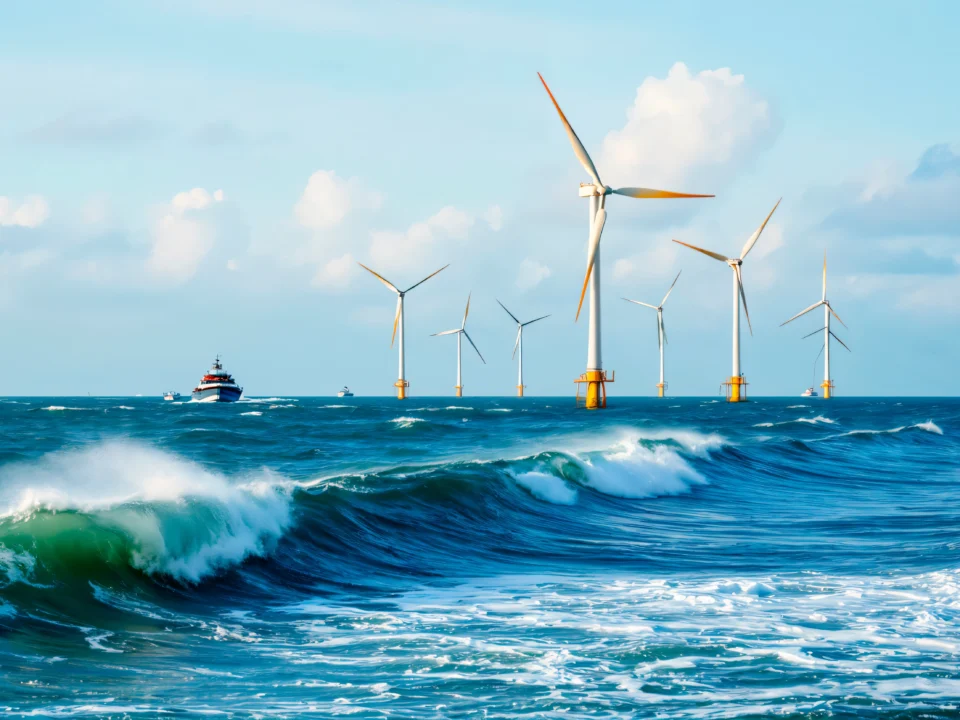Rajasthan is the largest state of India with an area of more than 4.3 million square kilometres. It is located in the centre of India and shares borders with the states of Madhya Pradesh and Gujarat on one side and the states of Haryana and Punjab on the other side.
It also shares some international boundaries with Pakistan. It is the site of the largest thermal power plant in India.
Advantages of Renewable energy over Thermal Power
Renewable energy is better than thermal power. Renewable energy is a better alternative to thermal power because it’s more sustainable and eco-friendly.
- REN has been designed to meet the peak demand of 50,000 MW at its full rated capacity by 2024. The project will be constructed on the principle of “Integrated Power Development and Control” with an installed capacity of 1,780 MW & 300 MW Ac (1×300 MW AC) supercritical steam turbine plant using ultra-supercritical boiler technology.
- The share of renewable energy for the state grew from 9% to 28% in the same period. But Gujarat is just one of four of India’s 28 states that met their renewable energy targets for 2022. Most states have installed less than 50% of their targets and some states such as West Bengal have installed only 10% of their target. Nationwide fossil fuels generate more than 70% of India’s electricity and have been doing so for decades.
Renewable energy companies in India
India has set a target of 175 GW of renewable energy capacity by 2022 but has been making slow progress. The government is looking to develop new townships and villages that will be powered by solar energy.
- The government is also promoting large-scale rooftop installations in new townships and villages to achieve its target of 175 GW of renewable energy capacity by 2022.
- Gujarat is home to some of the country’s largest wind farms with an installed capacity of around 1 GW. Renewable energy companies can help make your home more eco-friendly:
- India has the third largest solar energy capacity in the world, with a capacity of over 100 GW.
- India has the third largest solar energy capacity in the world with a capacity of over 100 GW. It also has one of the fastest growth rates for solar installations in India, with a CAGR of more than 40% since 2012.
Solar Industry development in India
India’s solar industry is expected to reach $6 billion by 2027 and create more than 100,000 jobs per year by 2030. It has set up more than 22 GW of wind power capacity, which is the highest in the world.
- India has set up more than 22 GW of wind power capacity, which is the highest in the world.
- India also has a significant amount of solar energy capacity with over 100 GW installed by 2018. In 2016, India installed 12 GW of solar power capacity, making it the world’s second-largest market for this technology after China.
Solar Energy Importance
- India is the third largest solar energy market in the world, with a cumulative installed capacity of 10.1 GW as of March 2018. India has set up more than 22 GW of wind power capacity, which is the highest in the world.
- In 2016, India installed 12 GW of solar power capacity at an average cost per kilowatt hour (kWh) below $0.5/kWh.[1]
- Rooftop solar power is a good way to reduce emissions from your home, and it can be used to generate power for the grid as well.
- For example, if you have enough sunlight on your roof throughout the year, then you can sell excess electricity back into the grid when there’s not enough demand for it at night or during cloudy days.
Wind farms in India
Gujarat is home to some of the country’s largest wind farms with an installed capacity of around 1 GW. Gujarat is home to some of the country’s largest wind farms with an installed capacity of around 1 GW. Gujarat has a large number of wind farms, which makes it one of the leading states in India for renewable energy generation.
Conclusion
The renewable energy sector in India is growing rapidly, and it has the potential to be one of the world’s most important sources of clean energy. There are many companies out there that are trying to make this a reality, but only a few companies have been able to succeed so far.
It is a very important technology that will help India to meet its energy needs. The government has been trying to increase thermal power plants in the country but due to various factors such as cost and other reasons, they have not been successful. For more details, click here.




